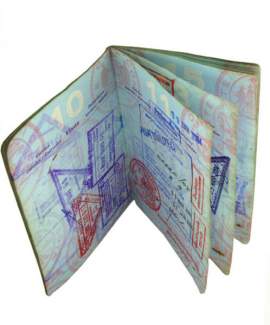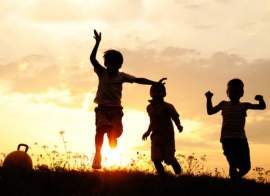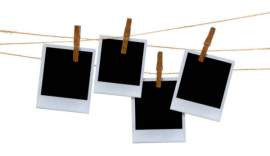
Ethiopia Refugees

International relief agencies concluded that over 1,000 African refugees from Ethiopia entered Somalia refugee camps on a daily basis. Many of the refugees were women and refugee children. These refugee children were not granted as much access as other African refugees but the American Red Cross tried to provide access to educational programs at these African refugee camps. At times, even African refugee adults were granted the privilege of being able to take adult educational classes. Due to widespread poverty, this perk was rare.
Meanwhile, in the Ogaden, international relief agencies estimated the number of Ethiopian refugees entering Somali refugee camps at more than 1,000 a day. A large number of the Ethiopian African refugee population who suffered from dehydration, malnutrition, and deadly malaria were refugee children. Without access to many government funds, 26 African refugee camps were quickly set up with a bare minimum of necessities: they were home to roughly 700,000 men, women, and refugee children.
Conditions for these refugee children, men, and women, worsened as time passed. By 1985, it was widely agreed that this crisis was one of the world's worst and most dire. The crisis continued to escalate. This time, some 2.5 million refugees left their homes and fled to areas in neighboring countries that were considered to be safer for themselves and their refugee children.
NEXT: Haitian Cold War Refugees





















